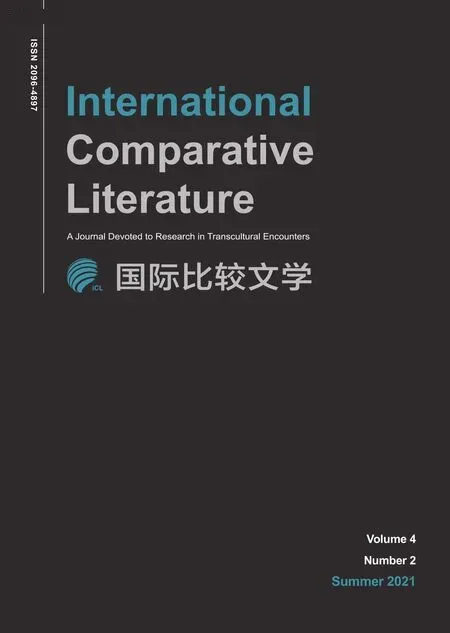Charles William Johns.The Irreducible Reality of the Object:Phenomenological and Speculative Theories of Equipment
Charles William Johns has recently published a concise treatise of ontology entitled
The Irreducible Reality of the Object:Phenomenological and Speculative Theories of Eqipment
.This title suggests Johns’ s intellectual proximity to Object-Oriented Ontology(OOO),and Johns is perfectly open about those points where he agrees with OOO:indeed,the book is dedicated to me and Tristan Garcia,whose own philosophy of things is located not so far from mine.But as is often the case in works of this kind,Johns’s points of friction with his neighbors are of even more interest than his agreements.This becomes clear from a chapter entitled“The New Reality of the Object,”to which we now turn.Johns is in full agreement with the OOO critique of intellectual“mining,”which comes in three distinct forms.The“undermining”maneuver eliminates most objects by reducing them to the deeper ingredients of which they are composed:we find this in the pre-Socratic
Charles William Johns,The Irreducible Reality of the Object
(New York:Springer,2020).obsession with basic physical elements or a formlessapeiron
.“Overmining”is found primarily in the idealist tendency of modern thought to reduce objects upward to their givenness to the mind.“Duomining”refers to the fact that these tendencies generally come as a pair,each shoring up its weaknesses by drawing on the strengths of the other.Johns reminds the reader that OOO does notexclude
mining,which it takes to be the root of all knowledge,but simply wishes that it had less of a monopoly on human cognition.Nonetheless,Johns still wishes to incorporate the downward and upward reductions directly in objects themselves.As he puts it:“Graham Harman deduces his‘real’ object as somethingmore than
its undermining and overmining processes.Tristan Garcia deduces his ‘ object’ as the precisedifference between
undermining and overmining.The speculative ‘object’ that I have deduced isthe product of all
reality-making processes.”Johns thereby manages to locate some vacant dialectical space distinct from both my position and Garcia’s.What he means when speaking of“the product of all reality-making processes”is that an object is not just its irreducible real core as for OOO,but its real coreplus
all of its relations(which he terms“uses”).His basic position can be thought of as something like OOO’s philosophy of substance fused with Alfred North Whitehead’s relational ontology.As Johns already put it in his Introduction,“the object cannot be reduced to its many uses,but also ...its many uses cannot be reduced to a single object either.”While upholding“the secret integrity of the object”in OOO fashion,Johns distinguishes between two basic kinds of“use.”The first corresponds to a human being’s theoretical practical encounter with an object,and here Johns speaks of“tautological”objects.The second refers to the non-human sphere of“uncorrelated”or“non-intentional”reality,referring in this context both to process philosophies and to Heidegger’s tool-analysis.The tautological object is further analyzed,in one of the more intriguing chapters of Johns’s book,into no fewer than six dimensions.There is more to the book than this:its discussions of space,time,and memory are thoughtprovoking,as is its passing critique of Hegel.But perhaps I should close with a brief response on behalf of OOO.It is true that the object-oriented approach strips the object of its external relations,in an effort to preserve both the object’s emergent character beyond its own components and its submergent character beneath any of its environmental effects.Unlike most critics,Johns is well aware that OOO does not deny that an object has relational effects,but simply wants to exclude those effects from its essential core.By contrast,Johns wishes to restore those effects to the object itself instead of leaving them in some accidental periphery.My response is that for OOO the effects of a thing are neither essential nor accidental,but simply belong to a new compound object.Some years ago I gave the somber example of a midair collision of airplanes.Presumably,Johns would wish to ascribe this crash to the reality of both Airplane X and Airplane Y.By contrast,OOO interprets the collision—brief though it may be—as the formation of a third object,so that the relation of cause is reinterpreted as one of composition.The Collision-Object then has retroactive effects upon each of its two ingredients,destroying or damaging them before releasing them back into their respective solitudes.Although OOO is often accused of being hostile to relations,it at least does them the honor of making them distinct realities.To relate is to compose something altogether new.

